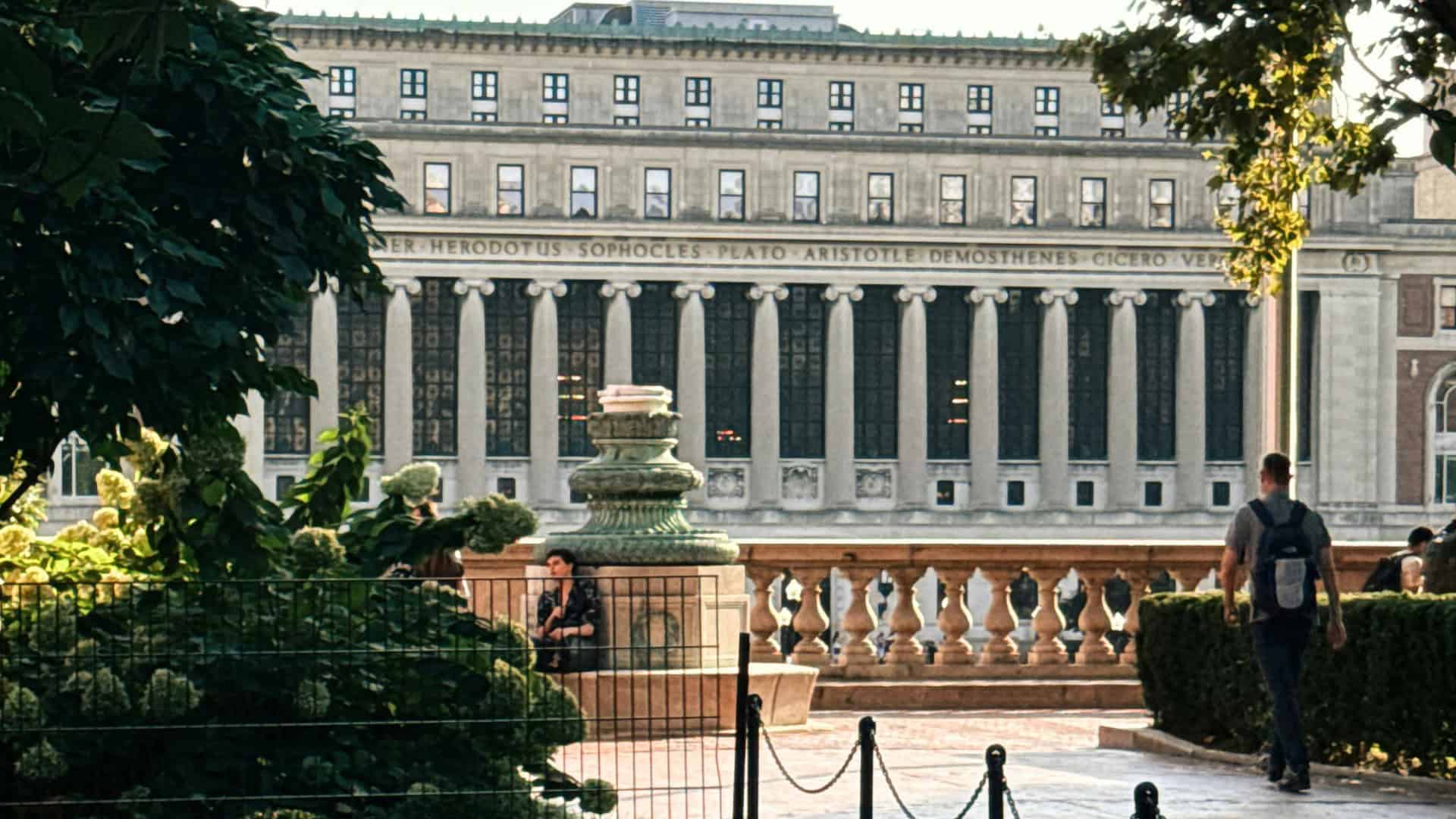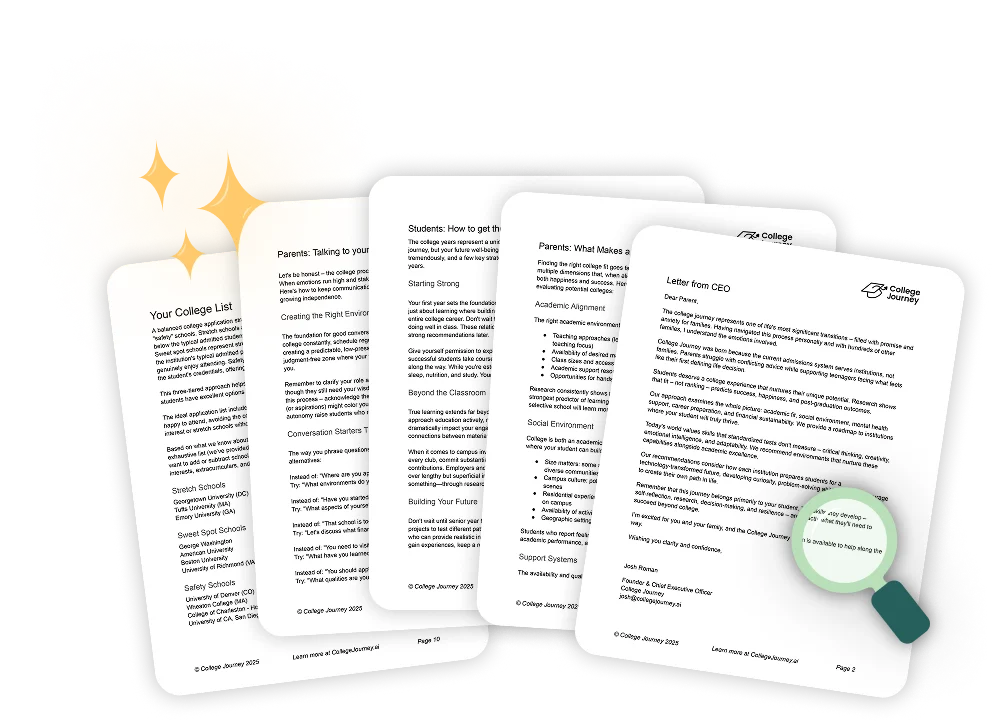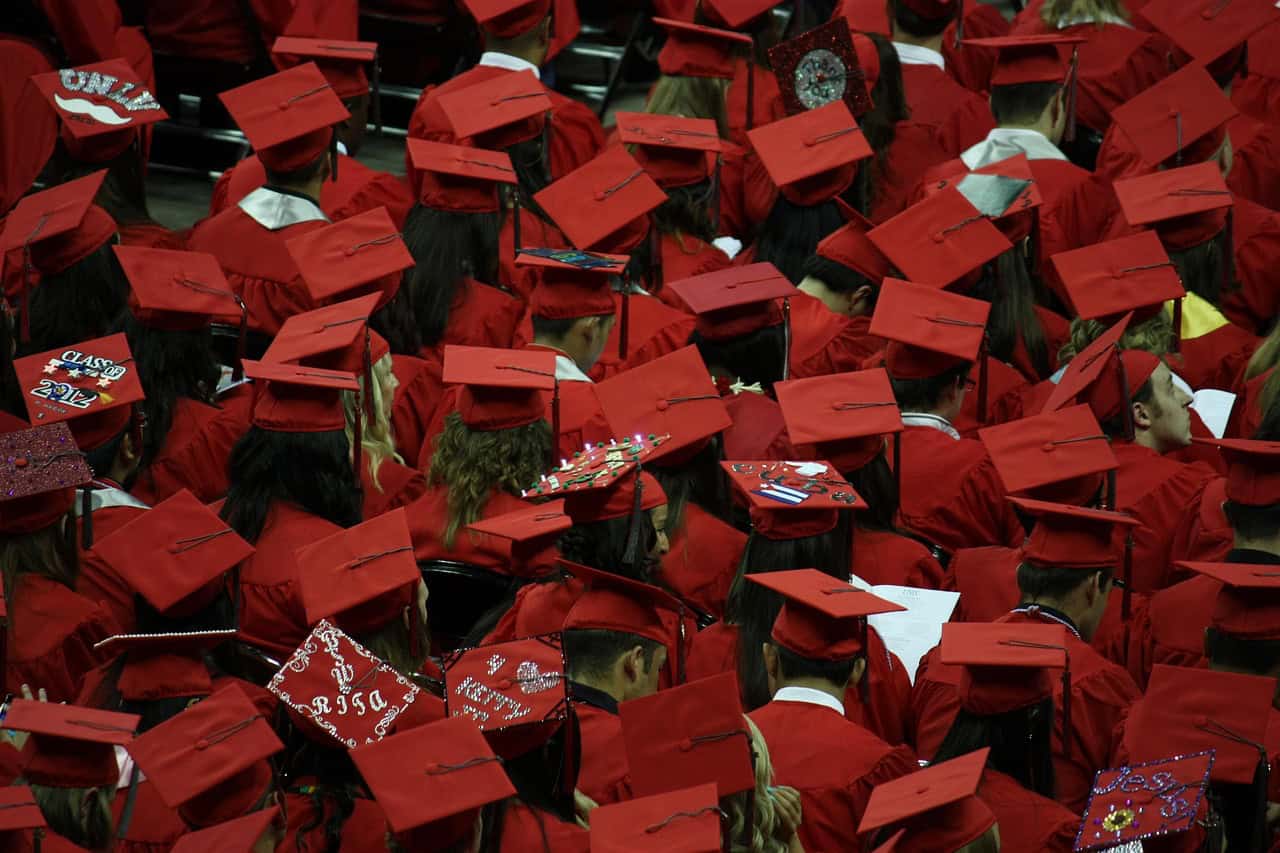Ivy League schools are known for their prestige, top academics, and great career opportunities. But they also come with high tuition fees. However, a few colleges are much more affordable than others, especially if you get financial aid or scholarships.
So, which Ivy League school is the cheapest? And is an Ivy League degree really worth the cost? In this guide, you will find a breakdown of tuition costs, financial aid options, and hidden expenses to watch out for.
Key Takeaways
- Ivy League schools charge the same tuition for all students, regardless of residency.
- Financial aid at Ivy League schools is need-based and can significantly reduce costs.
- Housing, meals, books, and travel expenses add to the total cost of attendance.
- Ivy League schools do not offer merit-based scholarships, only need-based aid.
- An Ivy League degree can lead to higher earnings and usually justifies the cost.
What Makes Ivy League Schools Expensive?
Ivy League schools are some of the most prestigious universities in the world. However, they also come with some of the highest tuition costs. So, what makes them so expensive? The price isn’t just about classes and textbooks. These schools invest heavily in top faculty, cutting-edge research, and elite campus resources.
How Ivy League Schools Set Their Tuition Rates
Ivy League schools set their tuition based on several factors. Unlike public universities, they do not receive state funding and rely on tuition, endowments, and donations to cover costs. Here’s what drives up the price:
- Top-Tier Faculty: Ivy League professors are leaders in their fields. Many are Nobel Prize winners, industry experts, and published researchers. Their salaries reflect their expertise.
- State-of-the-Art Facilities: From research labs to libraries, Ivy League campuses are designed to provide the best resources. Maintaining and upgrading these facilities is expensive.
- Low Student-to-Faculty Ratios: Small class sizes mean more personalized attention, but they also mean higher costs per student.
- Elite Reputation & Demand: These schools receive hundreds of thousands of applications every year. High demand allows them to charge premium tuition rates.
Which Ivy League School Has the Lowest Tuition?
Ivy League schools are expensive, but some are more affordable than others. Unlike public universities, Ivy League schools charge the same tuition for both in-state and out-of-state students. However, the total cost of attendance, including housing, meals, and personal expenses, can be higher for out-of-state students who must pay for travel and living costs, making financial aid packages crucial.
| Cheapest Ivy League Schools | Cost of Tuition (Annually) |
| Harvard University | $56,550 |
| University of Pennsylvania | $60,920 |
| Princeton University | $65,210 |
| Dartmouth College | $66,123 |
| Yale University | $67,250 |
| Cornell University | $68,380 |
| Brown University | $68,612 |
| Columbia University | $71,170 |
Understanding Cost of Attendance vs. Sticker Price
Overwhelmed by college research?
Let us help save time and find the perfect schools for your family.
When looking at Ivy League universities, it’s key to know the difference between the cost of attendance and sticker price. The sticker price is what colleges first show, often looking very high. This can make it seem like going to college is too expensive.
On the other hand, the cost of attendance shows the full picture. It includes tuition, room and board, fees, and personal costs. This total helps you see the real cost of your college education. Knowing the difference helps you understand how financial aid can make Ivy League schools more affordable.
Financial aid can greatly affect how much you pay. Ivy League schools often offer a lot of financial aid. This can make the cost of attendance much lower. Learning how to use these aid options can help you make a smart choice about your education.
The difference between sticker price and cost of attendance shows the real cost of Ivy League schools. You should compare both with financial aid to understand the true value of your education.
Financial Aid & Scholarships at Ivy League Schools
Ivy League schools may have high tuition, but strong financial aid programs make them much more affordable than they seem. Unlike many universities, Ivy League schools do not offer merit-based scholarships—but they do provide need-based financial aid that can cover a significant portion of tuition or even the full cost.
How Generous is Ivy League Financial Aid?
All Ivy League schools are need-blind for U.S. applicants, meaning your ability to pay does not affect your admission chances. They also meet 100% of demonstrated financial needs, ensuring that students from low- and middle-income families can attend without taking on massive debt.
Here’s what that looks like in practice:
- Harvard, Princeton, and Yale offer free annual tuition for families earning under $75,000.
- Dartmouth and Brown provide full tuition coverage for families earning under $125,000 per year.
- Columbia’s financial aid program ensures that students from families earning under $150,000 can attend tuition-free.
- More than 83% of recent students graduated debt-free at Princeton, thanks to its generous aid program.
Can You Get a Full Ride to an Ivy League School?
While Ivy League schools don’t give out traditional full-ride scholarships, students with financial need often receive grants that cover their full cost of attendance. This includes tuition, room, board, and even personal expenses. These grants do not need to be repaid, making Ivy League schools surprisingly affordable for many students.
Costs to Consider Beyond Tuition
Tuition is just one part of the total cost of attending an Ivy League school. While different types of financial aid can significantly reduce tuition, other expenses can add up quickly. Many students focus only on tuition when budgeting for college, but overlooking housing, meals, books, and personal expenses can lead to financial strain.
Housing & Meal Plans
Living on campus is convenient, but it comes at a high cost, often necessitating a robust financial aid package. Room and board at Ivy League schools typically range from $15,000 to $19,000 per year. This cost varies depending on location, meal plans, and whether you choose to live in university housing or off-campus.
City-based schools like Columbia and Penn tend to have higher living costs, especially for students who move off campus. Renting an apartment in New York City (Columbia) or Philadelphia (Penn) can cost over $2,000 per month, whereas smaller college towns like Princeton or Hanover (Dartmouth) offer more affordable housing options.
Books, Supplies, and Mandatory Fees
Beyond tuition, admitted students need to budget for books, academic materials, and university fees. These often-overlooked costs can easily add an extra $3,000 to $5,000 per year.
- Textbooks & Supplies: Most students spend $1,212 annually on books and academic materials. Some majors, like STEM or business, may require more expensive books and software.
- Student Activity & Tech Fees: Ivy League schools charge $2,000–$3,000 in annual fees for things like student government, library access, technology, and campus facilities.
Some universities, like Harvard and Princeton, offer textbook assistance programs for students on financial aid, but many students still need to cover these costs out of pocket.
Travel and Transportation Costs
For out-of-state and international students, travel costs can be significant. Ivy League schools are spread across different regions, meaning students from farther states or countries will pay more for flights, train tickets, or long-distance bus rides.
Here’s what to consider:
- Flights home during holidays: If you live far from your university, flights can cost $200–$600 per trip, depending on distance and seasonality.
- Daily transportation: Students at urban campuses like Columbia and Penn may need to budget for subway passes, Ubers, or other transportation costs. A monthly NYC MetroCard costs $132, up to $1,500 annually.
- Parking and car expenses: If you bring a car to a more rural campus (like Dartmouth or Cornell), parking permits, insurance, and gas can cost over $2,000 per year.
Health Insurance
Ivy League schools require students to have health insurance, and if you’re not covered under a parent’s plan, you’ll need to enroll in the university’s policy. The cost of student health insurance at Ivy League schools ranges from $2,000 to $4,000 per year.
Some schools allow students to waive this fee if they have comparable coverage, but international and out-of-state students often need to pay this cost.
Is an Ivy League Education Worth the Cost?
Thinking about the high cost of Ivy League schools makes you question if it’s worth it. A big factor is the return on investment. Ivy League graduates often have better job prospects and earn twice as much as the US national average.
Many Ivy League graduates land in high-paying jobs. Their alumni networks open up more job opportunities. The prestige of Ivy League degrees is unmatched, attracting top employers.
Ivy League schools offer more than just a degree. They have famous professors, state-of-the-art facilities, and support services. These help you grow both personally and professionally. You also get to network with successful alumni who have navigated the college admission process.
Whether an Ivy League education is worth it depends on more than just money. It’s about the long-term benefits that shape your career.
Conclusion
Ivy League schools are known for their high tuition, but the actual cost of attendance varies widely. Thanks to its lower tuition and generous financial aid, Harvard consistently ranks as the most affordable Ivy League school. Other schools, like Princeton and Yale, also offer strong need-based aid that can make them surprisingly affordable for many students.
If you’re aiming for an Ivy League education, don’t be discouraged by the sticker price. Many students receive financial aid that significantly lowers the cost—sometimes making an Ivy League school cheaper than a public university.
About College Journey
Understanding the cost of college, especially at Ivy League schools, can be overwhelming, but College Journey is here to make it simple. With Alice, your AI-powered college counselor, you’ll get clear guidance on comparing tuition, financial aid, and scholarships and insights on how colleges evaluate important factors like GPA, test scores, extracurriculars, and essays.
Alice is ready to assist if you need help understanding how your academic achievements and personal qualities shape your application, advice on standing out in activities, or tips for writing a powerful personal statement.
From personalized recommendations and college comparisons to tools that help you track your progress, College Journey takes the stress out of college prep. And the best part? Signing up is completely free!
FAQ
Do Ivy League schools offer merit-based scholarships?
No, Ivy League schools do not offer merit-based scholarships. All financial aid is need-based, meaning it depends on your family’s financial situation rather than academic or extracurricular achievements.
Can international students get financial aid at Ivy League schools?
Yes, most Ivy League schools offer need-based financial aid to international students, but policies vary by institution and depend on demonstrated need. Schools like Harvard, Yale, and Princeton provide generous aid to admitted international students.
Which Ivy League school is best for financial aid?
Princeton, Harvard, and Yale are often ranked among the best for financial aid. They offer full tuition coverage for families earning under $75,000–$85,000 and provide grants instead of loans.
How long does it take to pay off Ivy League student loans?
It depends on your loan amount, interest rate, and income after graduation. Some Ivy League graduates pay off loans within 10 years, but those in high-paying fields like finance or tech may do it faster.
Are Ivy League schools really harder to get into?
Ivy League schools have extremely low acceptance rates, often below 5–10%. Strong academics, extracurriculars, and essays are essential to stand out.




